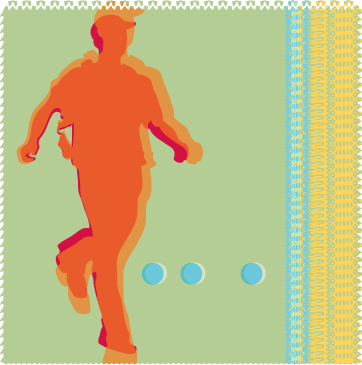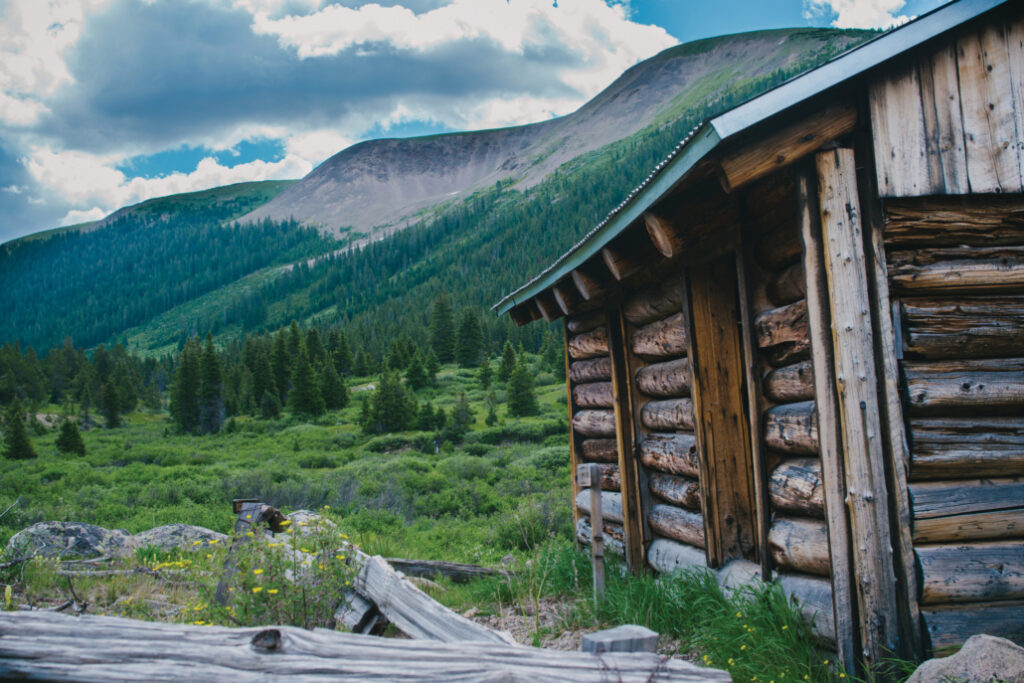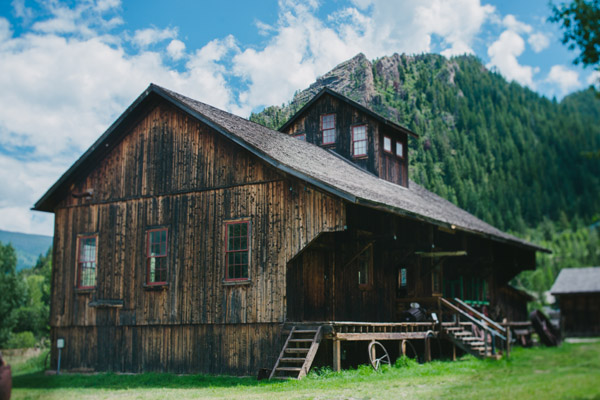Step back in time!
AHS offers seasonal guided tours of the historical sites and scenes around Aspen, a fun and and educational way to explore area history. From walking tours to iconic buildings to the ski areas and even an electric vehicle tour, we have something for every history fan!
For additional tours and events, visit the Activities Calendar.
Most tours require advance registration. Children 18 and under must be accompanied by an adult.
During the off-season, select tours may be booked a private engagements, dependent on guide availability. Call to inquire 970.925.3721



